The Riotoro Onyx Power Supply Review: 650W & 750W Tested
by E. Fylladitakis on March 23, 2017 10:00 AM ESTExternal Appearance
We should start by mentioning that, with the exception of the stickers and one extra connector at the front of the 750W model, there are no physical differences between the 650W and the 750W version of the Onyx. Externally, the Riotoro Onyx is a simple-looking PSU. The chassis has been sprayed with a matte black paint and the finish is good, but the paint itself is highly prone to fingermarks.
Stickers with the company logo, the series and the power rating of the PSUs can be found on the sides of the chassis. One large sticker with the electrical certifications and specifications of the PSUs take up most of the top. A metallic round badge with the company logo decorates the center of the finger guard, right above the fan’s engine.
The front side of the PSU is mostly plain, with the connectors for the modular cables taking about a third of it. It can be noticed that the 650W version has one connector less than the 750W version, which is meant for the extra Molex or SATA cable. Note that both units have two PCI Express cable connectors, but the 650W version offers only two PCI Express 6+2 pin connectors instead of four.
Internal Design
The similarities of the two PSUs are internal as well, with both units using exactly the same fan for cooling. It is the Yate Loon Electronics D12SM-12 fan, a simple 120 mm model with a sleeve bearing engine. These fans tend to be relatively quiet but are not specifically reputed for their longevity.
Both of the units are based on exactly the same platform, and the OEM behind it is the Chinese company 'Great Wall'. Great Wall is not a regular manufacturer into the North American and European markets, but a few companies have entrusted their middle range units to them, including OCZ and Corsair. Since some of Riotoro’s employees come from Corsair, it is no surprise that they approached Great Wall to be the OEM of their own units.
Other than the ratings of the used components, there are no vital differences between the two units. The main difference is the size of the passive PFC components, the filtering inductor and the two capacitors: where the 650W model employs two Nippon Chemi-Con 450V/180μF capacitors, the 750W model uses two Rubycon 450V/220μF capacitors. On the secondary side both units are using a mix of Rubycon and Nippon Chemi-Con electrolytic capacitors. Nippon Chemi-Con supplies all of the solid-state capacitors as well.
Riotoro Onyx 750W - Internal View
The platform is a relatively simple design, with a half-bridge primary inversion on the primary side of the transformer. On the secondary we can clearly see the DC-to-DC converters for the minor rails. These are not cutting-edge technologies but, taking into account the quality of the used components as well, the Onyx units should be getting a better efficiency certification, suggesting improper optimization on the OEM’s behalf. The heatsinks are of a reasonably large size, considering the efficiency and power ratings.
Riotoro Onyx 650W - Internal View


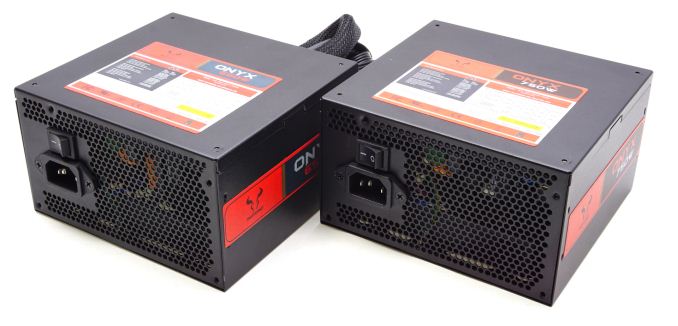
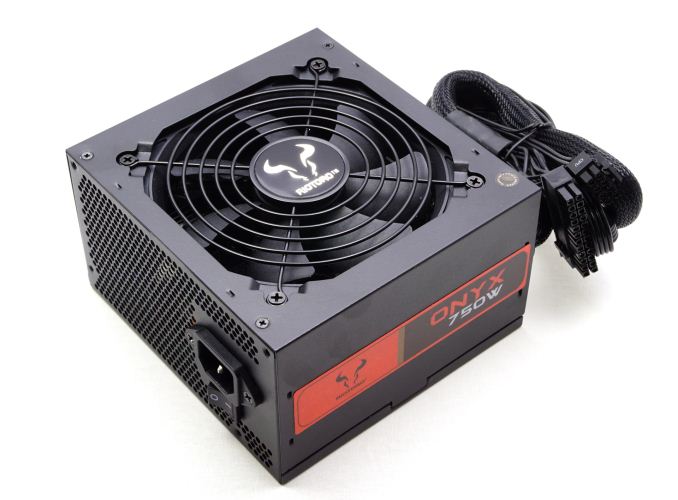
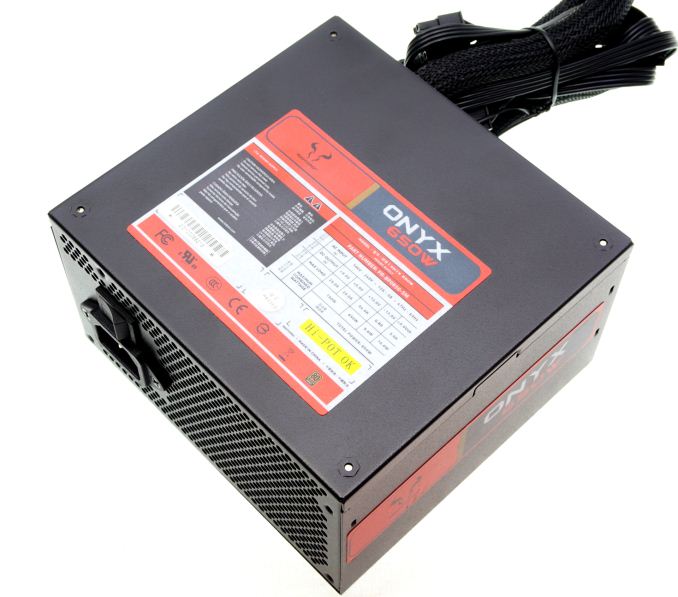
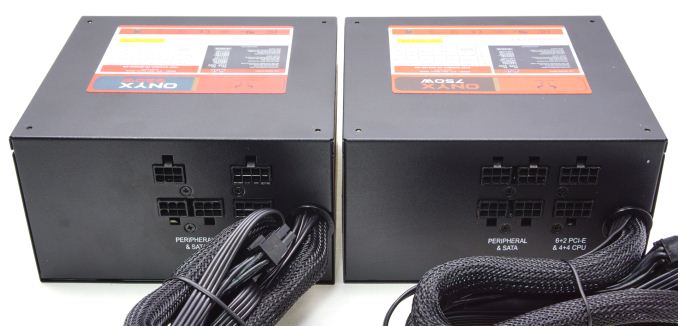
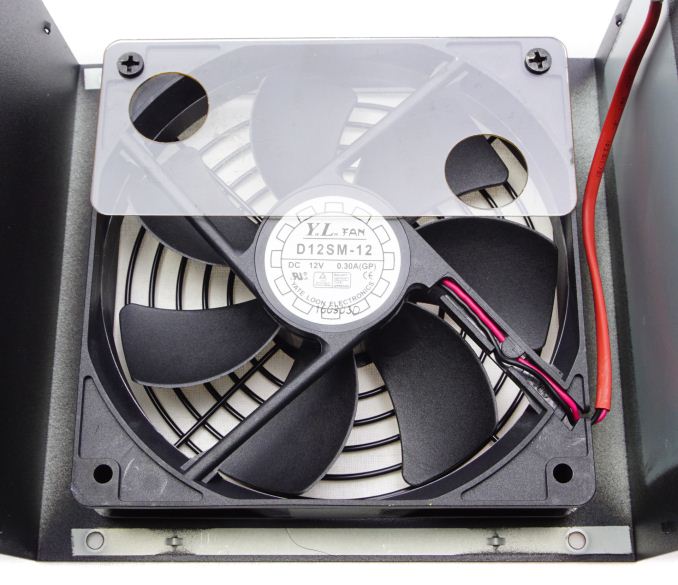
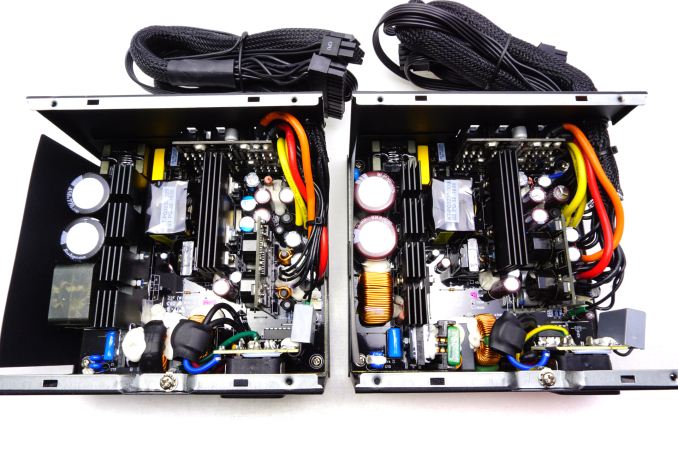


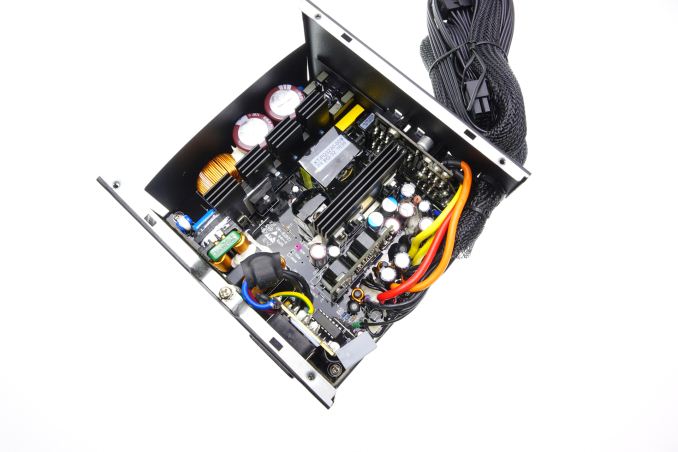
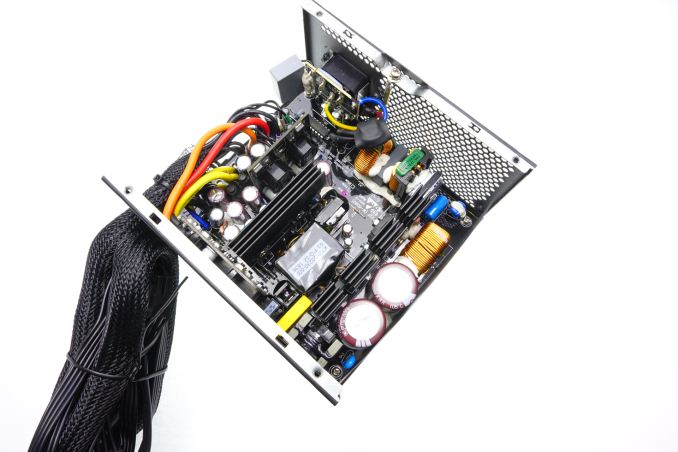








32 Comments
View All Comments
DanNeely - Thursday, March 23, 2017 - link
I thought bitcoin was a bit earlier, must've just been distributed computing projects that did them in. I jumped directly from my GT6800 to GTX260; at which point there were already a decent number of compute projects available to choose from (I'd been running CPU apps via BOINC for several years at that point).kn00tcn - Wednesday, March 29, 2017 - link
xfx may have been the second 'lifetime' or 'double lifetime' brand, though i'm not sure if that was before the amd switch in 2008/2009eriri-el - Friday, March 24, 2017 - link
Don't forget luck playing its usual tricks on us humans. Don't point all ur fingers at the manufaturer/brand alone. My Corsair HX520W is now entering its 10th year of service on my main and only PC. I have been changing and upgrading parts here and there, but I have never seen the need for more power, so I never change it just to see how far it would take me. Maybe one day I'll get something new for more efficiency, but right now I'm just happy it still runs.Sivar - Saturday, March 25, 2017 - link
SeaSonic probably made your Corsair, too.nagi603 - Sunday, March 26, 2017 - link
The first gen Seasonic X series were great, I still have an X400. The latter though... About 1.5 years ago I had a X420 that blew first time I turned it on, and a replacement X400 that refused to turn on about a year later, in a file server that was on maybe 1% of the time. I can only hope the X650 I got instead will last longer.kn00tcn - Wednesday, March 29, 2017 - link
bfg was a dominant nvidia partner like evga is now, to call it some random new company is a complete insult & total ignoranceto not know that many corsair psus are/were built by seasonic is also ignorance
DanNeely - Thursday, March 23, 2017 - link
"The 750W version has two extra PCI Express connectors, plus extra SATA and Molex connectors. Technically, the power rating difference does not really justify such a vast difference on the number of connectors, suggesting that Riotoro simply wanted to differentiate the target group of their two models."The Molex/Sata connectors are almost certainly about differentiation. At potentially 150W per connector 4 6+2 GPU connectors are pushing the limit of what a 650W unit can provide so only putting 2 of them on the smaller one isn't unreasonable. OTOH if they wanted they could've added a single 8 pin GPU connector or 2x 6 pins within the output headroom.
Shadowmaster625 - Thursday, March 23, 2017 - link
Is it that difficult to make a power supply that doesnt give away 10 watts when your machine is idling at 42W?bill.rookard - Thursday, March 23, 2017 - link
It's the span of the wattage that makes it difficult. Not only does the circuitry have to handle generating 50w, it also has to put out 500+ with the exact same design. I'm sure they could design a dual-mode power supply, which has two stages (similar to Arm's BIG.little core designs), but then that's extra components and extra cost, and ultimately for what?Saving 8w of power?
8w of power @ 24/7 is hardly one kw/hr - so it would save you 10c per week, but cost you an extra 50$ for the PSU. That means you'd recoup the savings in 10 years. :)
DanNeely - Thursday, March 23, 2017 - link
The short version is yes. The hardest part of the latest 80+ standard (the first to set a 10% target in addition to the 20-100% ones) is getting the losses from all the fixed power components down, not getting an extra percent or two of efficiency at full load.Broadly speaking your power losses are made up of the sum of a fixed value that's constant when the PSU is turned on and one that grows linearly with power used. Turning the fan on/up and extra losses from hotter parts are why it begins to dip down again at max load.